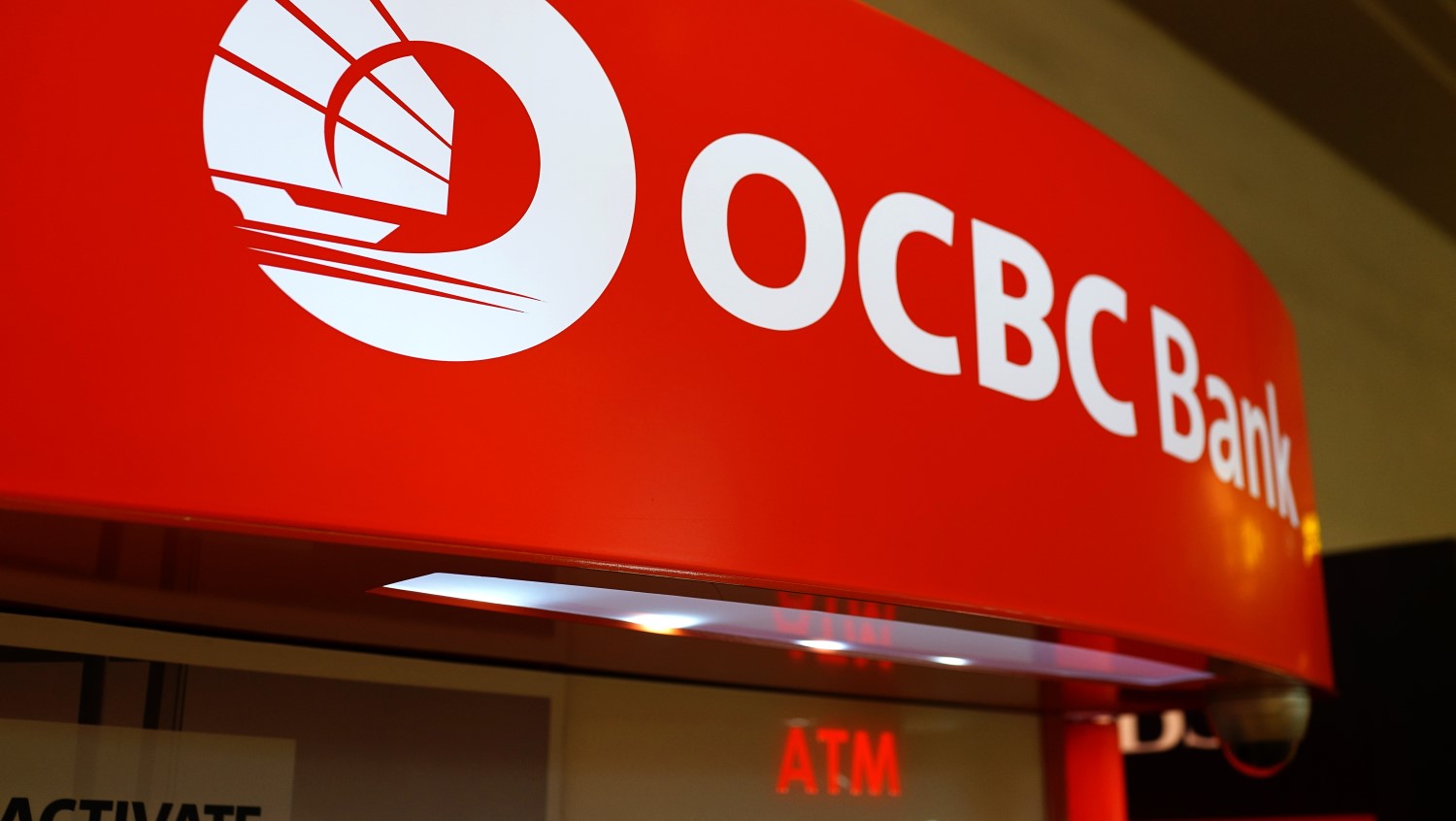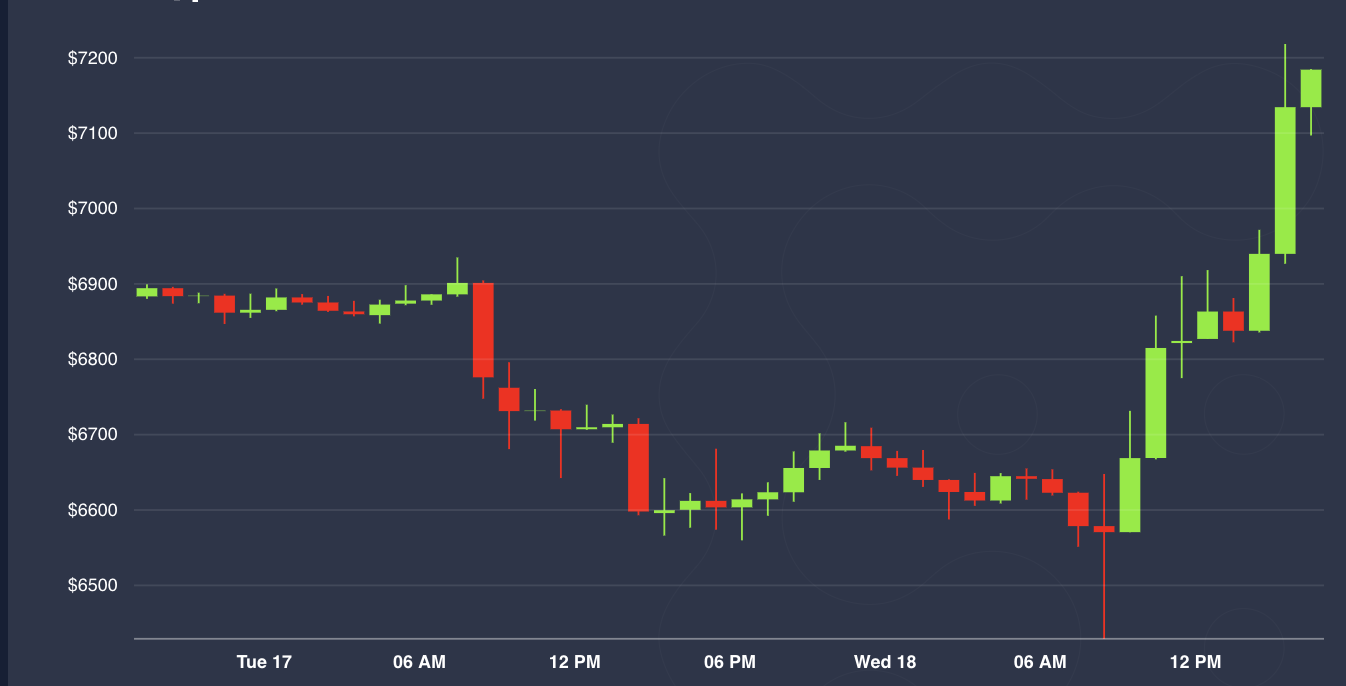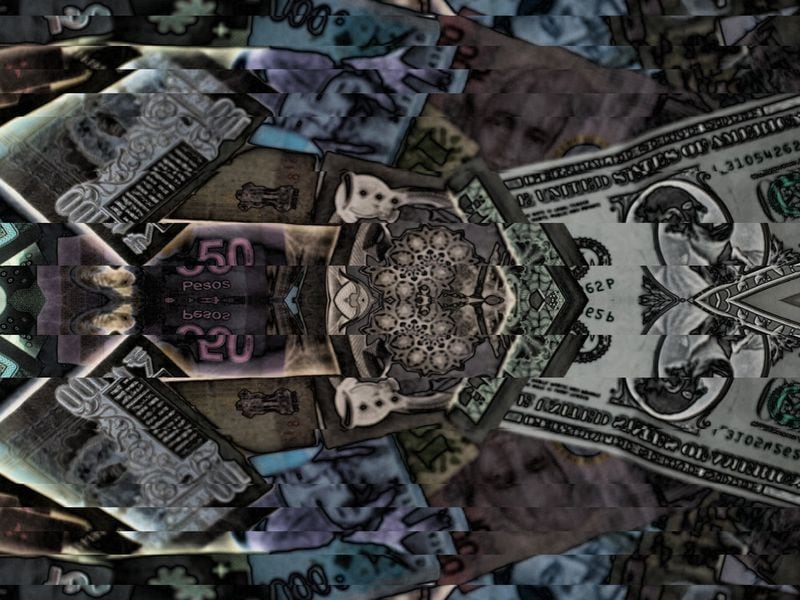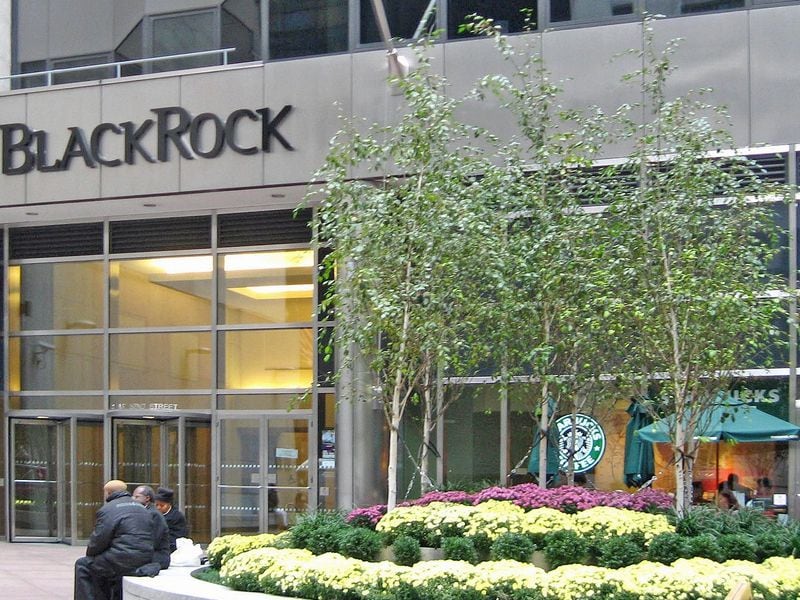How to Mitigate the Unique Risks of Tokenized Assets
The digital assets market is undergoing a significant transformation in 2024, with tokenization emerging as a powerful new force. This momentum is fueled by the market entrance of heavyweights like BlackRock, driving a surge in TVL (Total Value Locked) of these assets. This increase signals growing investor demand, confidence and interest, marking a new phase of adoption following the widespread acceptance of stablecoins in recent years.
You’re reading Crypto Long & Short, our weekly newsletter featuring insights, news and analysis for the professional investor. Sign up here to get it in your inbox every Wednesday.
Illustration 1: Industry Adoption Curve
:format(jpg)/cloudfront-us-east-1.images.arcpublishing.com/coindesk/C2P3YLNR4NDTHBZOJYQXF5N5GA.jpg)
Despite this positive trend, the tokenized assets market faces substantial challenges. Traditional financial investors (TradFi) remain cautious about product structuring and encounter liquidity issues in secondary markets. The complexity of trading and monitoring these digital assets post-issuance, along with the implementation of robust risk management processes, deters potential investors. To gain broader acceptance, tokenized assets must establish a robust infrastructure and provide a transparent product lifecycle.
Illustration 2: Key Stages in Creating High-Quality Tokenized Products
:format(jpg)/cloudfront-us-east-1.images.arcpublishing.com/coindesk/6ZO6FXDGJJEPLOHDCU6ENLK7CY.jpg)
As the market supply advances along the adoption curve, it becomes increasingly clear that the lack of data availability, data analytics and data quality significantly complicates the implementation of structured due diligence and monitoring processes for investors. This leads to different risk exposures throughout the lifecycle of tokenized assets. These risks are evident in the creation of new assets, modifications to asset characteristics, the contractual terms of issuance, trading, custody and the valuation of underlying assets.
Investors must familiarize themselves with the potential risks along the value chain and the intermediaries involved. By understanding the unique product structuring inherent in the origination, manufacturing, and distribution processes is essential, as well as their implications for operational infrastructure, valuation mechanisms, regulatory frameworks, fiscal compliance, and execution, investors can mitigate risks and increase the trust of their respective share- and stakeholders to allocate liquidity into high-quality offerings.
Effective risk management involves continuous evaluation of technical infrastructure, compliance with evolving regulations and stringent security measures for smart contracts. Ensuring clear property rights, secure custody of private keys, and accurate valuation through high-quality oracle services are also essential. Integrating red-flag detection systems that leverage both on-chain and off-chain data, along with constant price discovery mechanisms, further enhances the integrity and trust. In addition, constantly monitoring data flows and changes in information at all three levels – issuer, token and underlying asset – ensures thorough risk assessment and informed decision-making.
The tokenized assets market is advancing rapidly, attracting increased interest from traditional financial investors due to innovative value propositions with new products and customer segments. But, significant challenges remain.
Due to its complexity, investors need to implement additional risk management processes, while specialized data providers and rating agencies are crucial for providing independent assessments. Through diligent oversight, monitoring and continuous evaluation, these stakeholders can ensure the market develops securely, transparently, and in an investor-friendly manner, ultimately leading to broader adoption and integration into the global financial system.
Note: The views expressed in this column are those of the author and do not necessarily reflect those of CoinDesk, Inc. or its owners and affiliates.
Edited by Benjamin Schiller.
Disclosure
Please note that our
privacy policy,
terms of use,
cookies,
and
do not sell my personal information
has been updated
.
CoinDesk is an
award-winning
media outlet that covers the cryptocurrency industry. Its journalists abide by a
strict set of editorial policies.
In November 2023
, CoinDesk was acquired
by the Bullish group, owner of
Bullish,
a regulated, digital assets exchange. The Bullish group is majority-owned by
Block.one; both companies have
interests
in a variety of blockchain and digital asset businesses and significant holdings of digital assets, including bitcoin.
CoinDesk operates as an independent subsidiary with an editorial committee to protect journalistic independence. CoinDesk employees, including journalists, may receive options in the Bullish group as part of their compensation.
:format(jpg)/s3.amazonaws.com/arc-authors/coindesk/2c1fcb77-6862-4011-822b-d1ef90e56207.png)
Axel Jester is a senior vice president at Particula.









